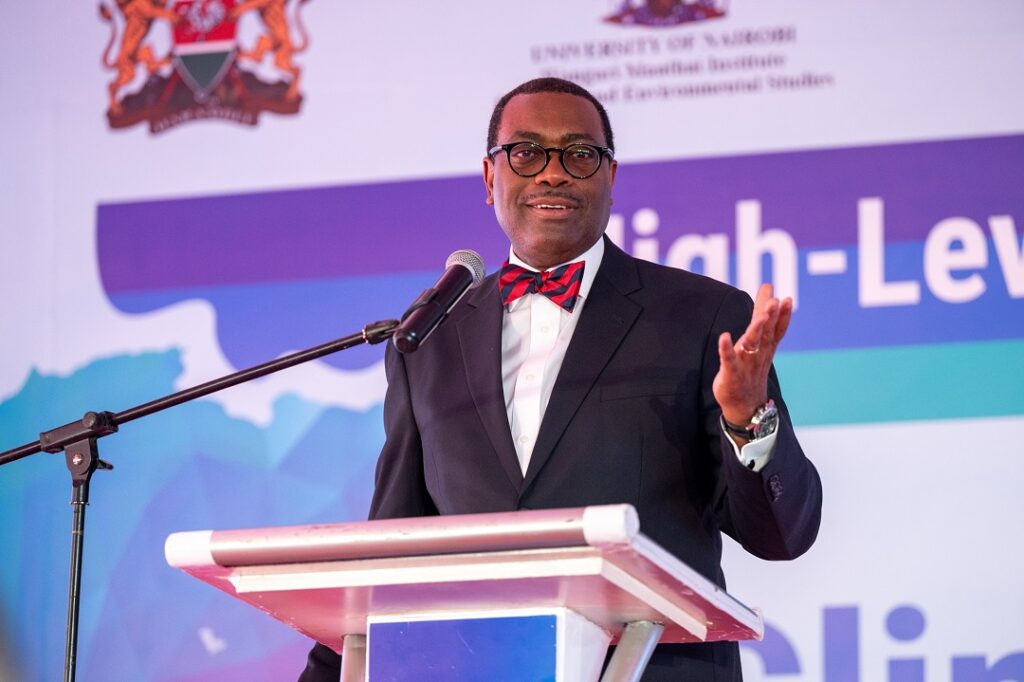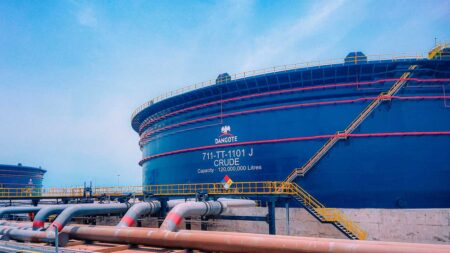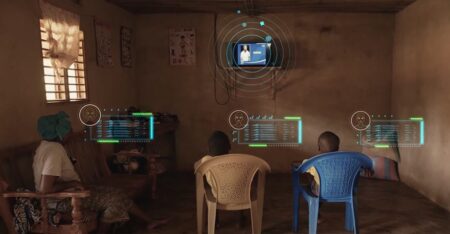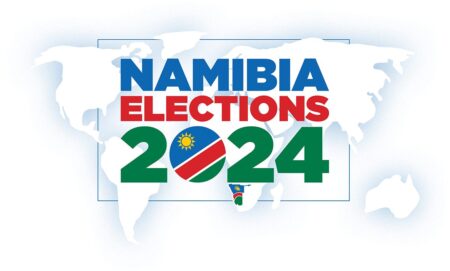- According to the African Development Bank’s Macroeconomic report, Africa will dominate the world’s 20 fastest growing economies 2024.
- According to the report, the medium-term growth outlook for the continent’s five regions is slowly improving.
- The report forecasts more substantial growth for Africa in 2024, outpacing the projected global average; the continent is the second-fastest-growing region after Asia.
Fastest Growing Economies 2024
The African Development Bank Group’s latest Macroeconomic Performance and Outlook (MEO) indicates real Gross Domestic Product (GDP) growth for the continecustom nfl football jerseys decathlon bmx luvme human hair wigs bouncing putty egg custom kings jersey dallas cowboys slippers mens johnny manziel jersey custom kings jersey custom youth hockey jerseys brock bowers jersey luvme human hair wigs black friday wig sale college football jerseys decathlon bmx uberlube luxury lubricant nt is expected to average 3.8 per cent and 4.2 per cent in 2024 and 2025, respectively. (https://unitedwepledge.org/
The report said this is higher than projected global averages of 2.9 and 3.2 per cent, with Africa remaining the second-fastest-growing region after Asia.
The top 11 African countries projected to experience economic solid performance forecast are Niger (11.2 per cent), Senegal (8.2 per cent), Libya (7.9 per cent), Rwanda (7.2 per cent), Cote d’Ivoire (6.8 per cent), Ethiopia (6.7 per cent), Benin (6.4 per cent), Djibouti (6.2 per cent), Tanzania (6.1 per cent), Togo (6 per cent), and Uganda (6 per cent).
“Despite the challenging global and regional economic environment, 15 African countries have posted output expansions of more than five per cent,” the bank’s Group president, Dr Akinwumi Adesina, said, calling for larger financing pools and several policy interventions to further boost Africa’s growth.
Africa’s Macroeconomic Performance and Outlook, a biannual publication released in the first and third quarters of each year, complements the existing African Economic Outlook (AEO), which focuses on crucial emerging policy issues relevant to the continent’s development.
The MEO report provides an up-to-date, evidence-based assessment of the continent’s recent macroeconomic performance and short-to-medium-term outlook amid dynamic global economic developments.
The latest report calls for cautious optimism, given the challenges posed by global and regional risks.
These risks include rising geopolitical tensions, increased regional conflicts, and political instability–all of which could disrupt trade and investment flows and perpetuate inflationary pressures.
President Adesina emphasised that fiscal deficits have improved, as faster-than-expected recovery from the pandemic helped shore up revenue.
He explained further: “This has led to stabilising the average fiscal deficit at 4.9 per cent in 2023, like 2022, but significantly less than the 6.9 per cent average fiscal deficit of 2020. The stabilisation is also due to the fiscal consolidation measures, especially in countries with elevated risks of debt distress.”
He cautioned that with the global economy mired in uncertainty, the fiscal positions of the African continent will continue to be vulnerable to global shocks.
Read also: Why Africa Is on a Positive Growth Trajectory.
Medium-term growth outlook
The report shows that the medium-term growth outlook for the continent’s five regions is slowly improving, a pointer to the continued resilience of Africa’s economies.
Presenting the report’s critical findings released on Friday, AfDB’s chief economist and Vice President, Kevin Urama, said growth in Africa’s top-performing economies has benefitted from various factors, including declining commodity dependence.
This is through economic diversification, increasing stra¬tegic investment in key growth sectors, rising both public and private consumption, and positive developments in key export markets.
“Africa’s economic growth is projected to regain moderate strength as long as the global economy remains resilient, disinflation continues, investment in infrastructure projects remains buoyant, and progress is sustained on debt restructuring and fiscal consolidation,” he said.
According to Urama, the future of Africa rests on economic integration.
Commissioner for Economic Development, Trade, Tourism, Industry and Minerals, African Union Commission, Ambassador Albert Muchanga said: “Our small economies are not competitive in the global market. A healthy internal African trade market can ensure value-added and intra-African production of manufactured goods.”
He assured that the MEO forecast and recommendations will be made available to African heads of state and that the report will be useful when the African Union makes its proposals to the G20- an informal gathering of many of the world’s largest economies to which the African Union was admitted last year.
Read also: AU Summit 2024: African experts Now Demand Debt Reforms and Financial Systems Overhaul.
Improved growth figure for 2024
The improved growth figure 2024 reflects concerted efforts by the continent’s policymakers to drive economic diversification strategies focused on increased investment in key growth sectors.
There is also the implementation of domestic policies aimed at consolidating fiscal positions, reversing the increase in the cost of living, and boosting private consumption.
Speaking remotely, Zimbabwe’s Minister of Finance and Economic Development, Mthuli Ncube, described the report as “on point” and consistent with the reality in his country, describing it as useful for economic planning across Africa.
He urged the African Development Bank to continue its thought leadership to help policymakers build resilience to withstand shocks and drive growth.
Ncube said: “Zimbabwe expects slower growth due to climate shocks in the region. Southern African countries depend on agriculture for economic growth, so climate-proofing agriculture is key.”
The country, he said, is in talks with creditors to restructure its debt, which is slowing economic growth.
“Internally, the country will focus on economic and governance reforms and reforms around property rights to increase agricultural production,” Ncube said.
Up to 41 countries across the continent will 2024 achieve an economic growth rate of 3.8 per cent; in 13 of them, growth will be more than one percentage point higher than in 2023.
Director of the Center for Sustainable Development, Columbia University Prof Jeffrey Sachs noted that long-term affordable financing must be part of Africa’s strategy to achieve seven per cent growth or more annually. He warned that Africa is paying a very high-risk premium for debt financing.
He called for this point to be made to the G20.
“Long-term development cannot be based on short-term loans. Loans to Africa should be at least 25 years or longer. Short-term borrowing is dangerous for long-term development. Africa must act as one, in scale,” he explained.
Sachs, also the UN Secretary-General António Guterres’ Advocate for Sustainable Development Goals, also called for a much larger African Development Bank that is better resourced to meet Africa’s financing needs.
Read also: Inadequate Infrastructure Investment Denying Africa Manufacturing Hub Potential.
Economic outlook across regions
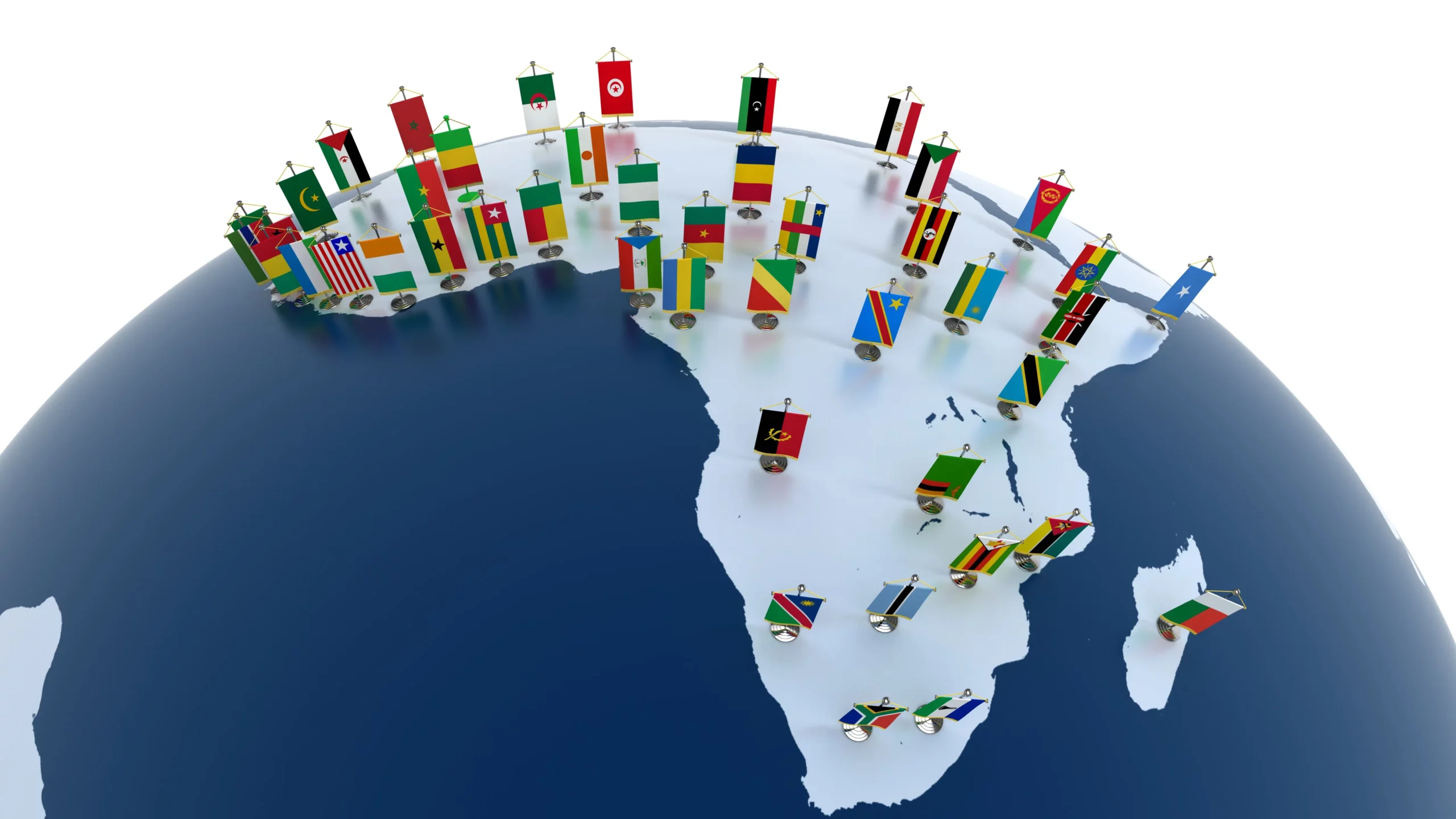
The confluence of shocks notwithstanding, the resilience of the continent’s economies remains strong, with positive growth projected for the continent’s five regions.
East Africa is projected to continue leading Africa’s growth momentum, with growth expected to rise to 5.1 per cent in 2024 and 5.7 per cent in 2025, supported by substantial strategic investments to improve internal connectivity and deepen intra-regional trade.
In North Africa, successive adverse weather conditions and macroeconomic challenges will hold the region’s growth steady at 3.9 per cent in 2024, AfDB said, with a slight improvement to 4.1 per cent in 2025.
On the other hand, growth in Central Africa is forecasted to moderate to 3.5 per cent in 2024, but projected recovery in private consumption and increases in mining investment and exports could help push growth to 4.1 per cent in 2025.
In Southern Africa, growth will remain sluggish at 2.2 and 2.6 per cent in 2024 and 2025, respectively.
This reflects continued economic weakness in South Africa, the region’s largest economy.
West Africa’s growth is projected to rise to four per cent and 4.4 per cent in 2024 and 2025, respectively.
Strong growth in most countries in the region is projected to offset slowdowns in Nigeria and Ghana.
“The announced withdrawal of Burkina Faso, Mali, and Niger from the Economic Community of West African States (ECOWAS) casts a shadow over the sustainability of gains amid growing uncertainty,” AfDB said in its report.
Read also: The trade opportunities at risk as Niger, Mali, and Burkina Faso exit Ecowas.
Driving faster and more sustainable economic growth
The 2024 MEO says in the short term, tackling persistent inflation will need a mix of restraining monetary policy coupled with fiscal consolidation and stable exchange rates.
Inflation in Africa has been increasing since the beginning of the COVID-19 pandemic and
remains stubbornly high, threatening macroeconomic stability.
Average inflation for the continent was estimated at 17.8 per cent in 2023, 3.7 percentage points higher than in 2022 and nearly twice the pre-pandemic five-year (2015–19) average of 10.1 per cent.
Inflation in 2023 was the highest in more than a decade and contributed to eroding macroeconomic gains achieved before the pandemic.
Rising global food and energy prices and domestic factors such as fiscal largesse, agricultural supply shocks, and pass-through effects of the depreciation of national currencies against the US dollar have driven inflationary pressures.
The report identifies structural reforms and strategic industrial policies as key to accelerating economic diversification and strengthening the export sector.
It recommends that countries invest more in human capital and pursue a resource-based industrialisation and diversification strategy that allows the continent to exploit its comparative advantage and build resilience to shocks.
Public debt is declining but still high
Meanwhile, public debt is declining but still higher than before the Covid-19 pandemic, and underlying vulnerabilities remain elevated.
Fiscal consolidation across the continent has helped stabilise public debt, with the debt-to-GDP ratio at around 63.5 per cent, on average, during 2021–23 and set to settle at approximately 60 per cent starting in 2024-halting an almost decade-long upward trend.
Despite the projected decline, significant challenges remain. Deb vulnerabilities are expected to increase, stoked by higher costs due to increased interest rates on commercial debt and the effects of exchange rate depreciations.
The share of external commercial debt has increased over the last two decades, with the continent’s average estimated at 43 per cent of total external debt in 2021, from 20 per cent in 2000.
“Higher borrowing costs and associated debt vulnerabilities reflect the effects of sustained tightening of global financial conditions over the past two years,” AfDB noted.
The average spread on Africa’s sovereign bonds soared to about three times the emerging market average since the beginning of the tightening cycle in July 2022.
As a result, debt service costs rose, with 21 African countries at high risk of debt distress or already in debt distress as of November 2023.
External debt service payments as a proportion of government revenues in many countries are higher than before the COVID-19 pandemic.
The median debt service on external debt as a percentage of government revenue rose from 6.8 per cent over 2015–19 to 10.6 per cent over 2020–22.
Higher debt service costs have eroded fiscal space, constraining governments’ capacity to invest in growth-promoting sectors and in human capital development such as education and health, two areas where average public spending is below that of comparator regions and the African Union’s target threshold of four to six per cent.





